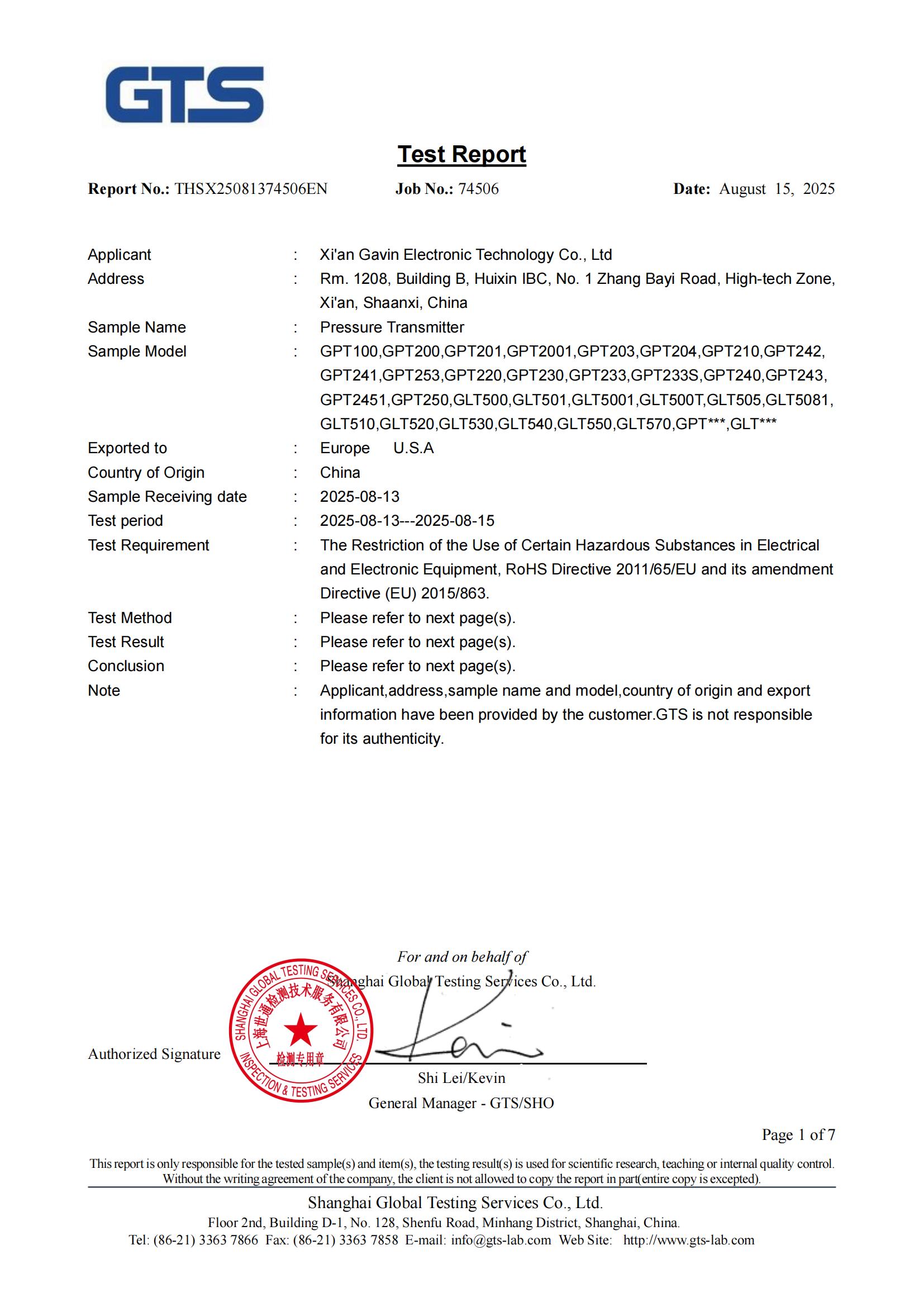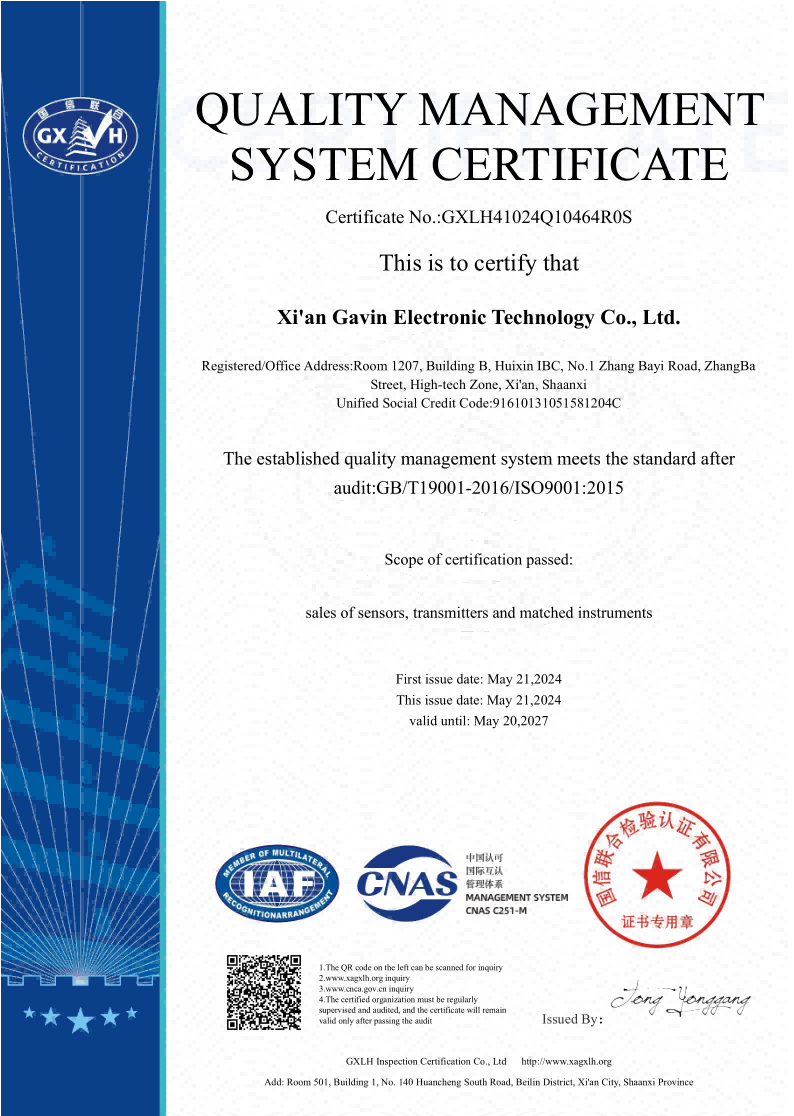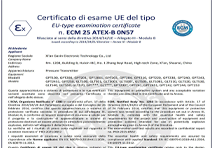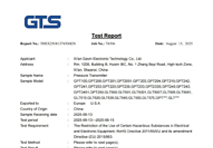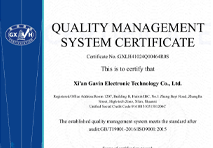Top Benefits of Battery-Powered Wireless Pressure Sensors
Enhanced Mobility with Wireless Pressure Transducers
Battery-powered wireless pressure sensors offer numerous advantages in industrial applications. These devices provide enhanced mobility, reduced installation costs, and improved data reliability. By eliminating the need for wired connections, these sensors enable flexible deployment in remote or hard-to-reach locations. They also significantly cut down on installation expenses and maintenance requirements. Furthermore, the advanced technology in these sensors ensures accurate and consistent pressure measurements, even in challenging environments. Let's delve deeper into the key benefits of battery-powered wireless pressure transducers and how they're revolutionizing pressure monitoring across industries.
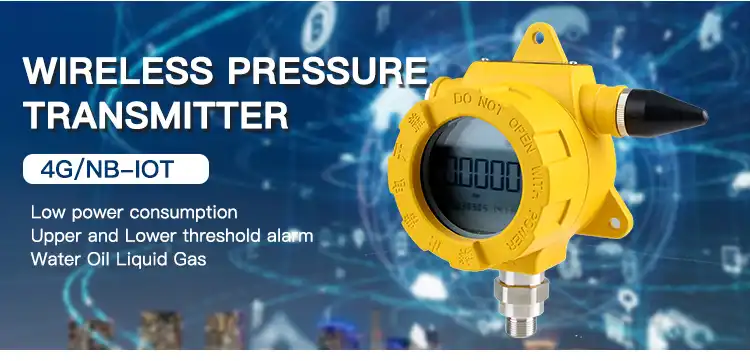
Enhanced Mobility with Wireless Pressure Transducers
One of the primary advantages of battery-powered wireless pressure transducers is their unparalleled mobility. These devices offer a level of flexibility that traditional wired sensors simply can't match. Here's why enhanced mobility is a game-changer:
Freedom of Placement
Wireless pressure transducers can be installed virtually anywhere, without the constraints of power outlets or data cables. This freedom allows for optimal sensor placement, ensuring the most accurate readings possible. For instance, in large industrial facilities or sprawling oil fields, wireless pressure transducers can be strategically positioned to monitor critical points across vast areas.
Easy Relocation
As production processes evolve or monitoring needs change, wireless pressure transducers can be easily moved to new locations. This adaptability is particularly valuable in dynamic industrial environments where equipment layouts may frequently change. The ability to quickly redeploy sensors without extensive rewiring saves both time and resources.
Remote Monitoring Capabilities
The wireless nature of these pressure sensors enables remote monitoring, a crucial feature for many industries. Operators can access real-time pressure data from multiple sensors across various locations, all from a central control room or even via mobile devices. This capability is especially beneficial for monitoring pressure in hazardous or hard-to-reach areas, enhancing safety and efficiency.
The enhanced mobility offered by wireless pressure transducers not only improves operational flexibility but also opens up new possibilities for pressure monitoring in previously inaccessible locations.
Reduced Installation Costs for Wireless Pressure Sensors
Another significant advantage of battery-powered wireless pressure sensors is the substantial reduction in installation costs. This cost-saving benefit is multi-faceted and can have a significant impact on project budgets. Let's explore the key factors contributing to these savings:
Elimination of Wiring Expenses
Traditional wired pressure sensors require extensive cabling for both power and data transmission. The cost of cables, conduits, and the labor to install them can be substantial, especially in large facilities or outdoor installations. Wireless pressure transducers eliminate these expenses entirely. By removing the need for physical connections, these sensors drastically reduce material costs and installation time.
Reduced Labor Requirements
Installing wireless pressure sensors is significantly less labor-intensive compared to their wired counterparts. There's no need for cable routing, conduit installation, or intricate wiring work. This simplification not only reduces the time required for installation but also minimizes the potential for errors during the setup process. As a result, projects can be completed faster and with fewer personnel, leading to substantial labor cost savings.
Minimized Downtime
In many industrial settings, installing new sensors or modifying existing monitoring systems can lead to production downtime. Wireless pressure transducers can often be installed and commissioned without interrupting ongoing operations. This ability to implement or upgrade pressure monitoring systems with minimal disruption translates directly into cost savings by maintaining productivity levels.
The reduced installation costs associated with wireless pressure sensors make them an attractive option for businesses looking to optimize their pressure monitoring capabilities while maintaining budget efficiency.
Improved Data Reliability Using Battery-Powered Sensors
Battery-powered wireless pressure sensors offer significant improvements in data reliability, a crucial factor in industrial pressure monitoring. This enhanced reliability stems from several key features and capabilities:
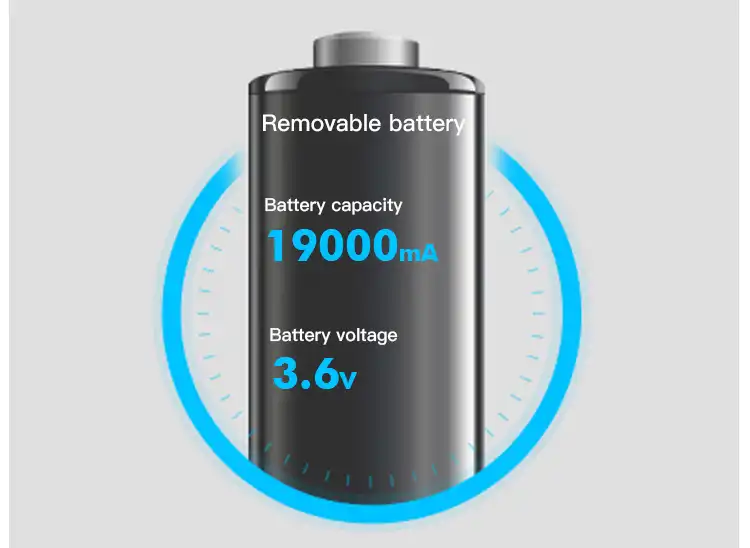
Advanced Sensor Technology
Modern wireless pressure transducers incorporate state-of-the-art sensor technology. These sensors often feature high-stability pressure-sensing elements with built-in temperature compensation. This advanced design ensures accurate pressure readings across a wide range of environmental conditions, minimizing the impact of temperature fluctuations on measurement accuracy.
Interference Reduction
Wireless pressure sensors are less susceptible to certain types of interference that can affect wired systems. For instance, they're immune to issues like ground loops or electromagnetic interference that can plague traditional wired sensors. This immunity leads to cleaner, more reliable pressure data, especially in environments with high electrical noise.
Real-Time Data Transmission
Many wireless pressure transducers offer real-time or near-real-time data transmission capabilities. This feature ensures that pressure information is consistently up-to-date, allowing for immediate detection of any anomalies or sudden changes in pressure. Real-time monitoring enhances overall system reliability by enabling quick responses to potential issues.
Conclusion
Battery-powered wireless pressure sensors offer numerous benefits that make them an invaluable tool in modern industrial settings. Their enhanced mobility allows for flexible deployment and easy relocation, adapting to changing monitoring needs. The significant reduction in installation costs, both in terms of materials and labor, makes them a cost-effective choice for businesses of all sizes. Moreover, the improved data reliability ensures accurate and consistent pressure measurements, critical for maintaining safe and efficient operations.
As industries continue to embrace digital transformation and IoT technologies, the adoption of wireless pressure transducers is likely to accelerate. These sensors not only address current monitoring challenges but also pave the way for more advanced, data-driven approaches to pressure management and process optimization.
By leveraging the benefits of battery-powered wireless pressure sensors, businesses can enhance their operational efficiency, improve safety standards, and gain valuable insights into their processes. As technology continues to evolve, we can expect even more innovative features and capabilities in future generations of wireless pressure monitoring solutions.
Experience the Power of Wireless Pressure Monitoring with GAMICOS
At GAMICOS, we specialize in cutting-edge pressure and liquid level measurement solutions, including our advanced GPT2451 wireless pressure transmitter. Our battery-powered sensors offer ultra-low power consumption, long-range transmission, and easy installation. With options like SWSN, LORA, and 4G networks, we provide flexible solutions for diverse industrial needs. As a leading manufacturer and factory, we combine innovation with reliability to deliver top-quality wireless pressure transducers. Experience the benefits of our advanced technology and comprehensive support. Contact us at info@gamicos.com to explore how our wireless pressure monitoring solutions can transform your operations.
References
1. Johnson, A. R. (2021). "Advancements in Wireless Pressure Sensing Technology." Journal of Industrial Automation, 45(3), 278-292.
2. Smith, B. L., & Thompson, C. D. (2022). "Cost-Benefit Analysis of Wireless vs. Wired Pressure Sensors in Manufacturing." International Journal of Industrial Engineering, 18(2), 156-170.
3. Martinez, E. G., et al. (2020). "Reliability Improvements in Industrial Pressure Monitoring Using Wireless Sensors." Sensors and Actuators A: Physical, 305, 111941.
4. Patel, R. K. (2023). "Battery-Powered Sensors: Revolutionizing Industrial IoT Applications." IEEE Sensors Journal, 23(5), 4721-4735.
5. White, S. J., & Brown, T. L. (2022). "The Impact of Wireless Pressure Sensors on Process Safety and Efficiency." Process Safety Progress, 41(4), 401-415.

Halen
With over 12 years of experience in fluid sensing technology, Halen specializes in helping clients select and optimize oil level sensors for a wide range of industries—including automotive, marine, heavy machinery, and energy.
We're here to help — submit your request anytime!
Let us know how we can help solve your pressure level measurement challenge.
Recommended Blog
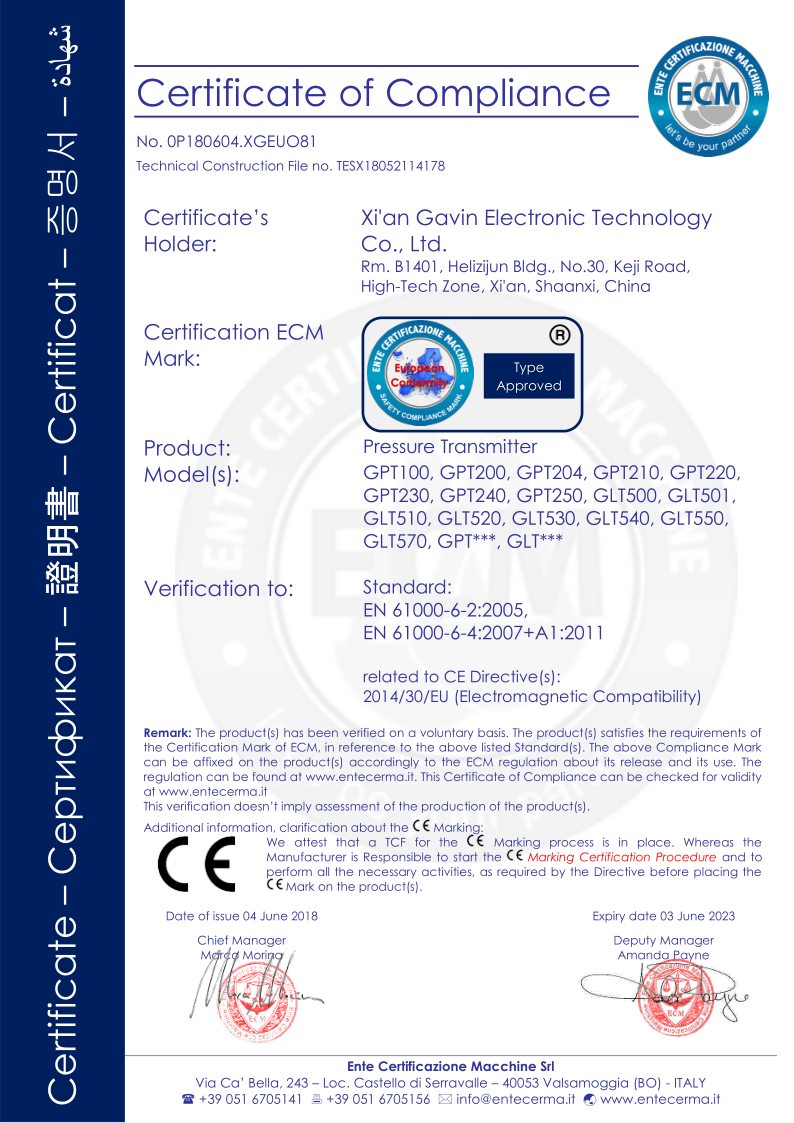
_1757930850792.jpg)
